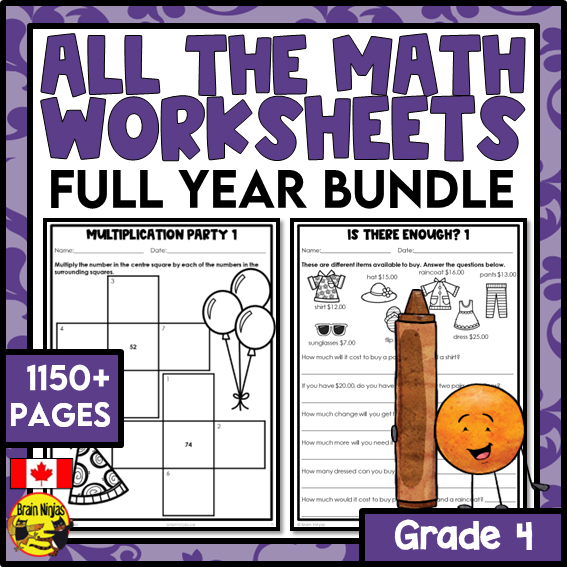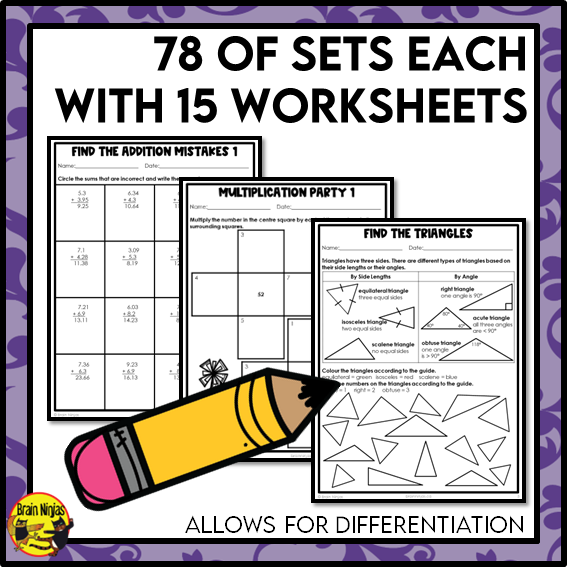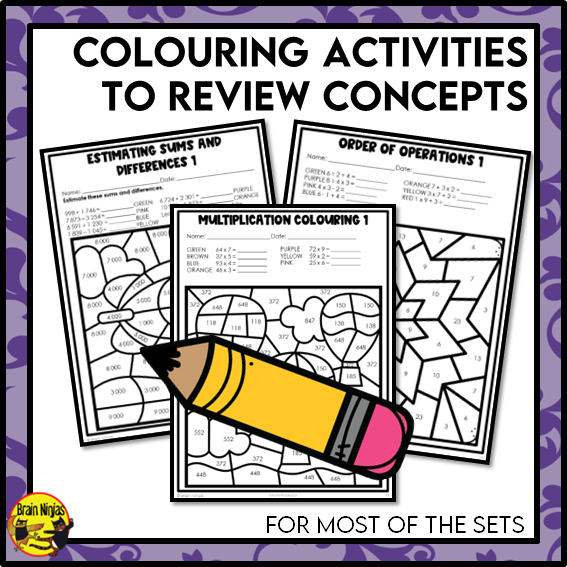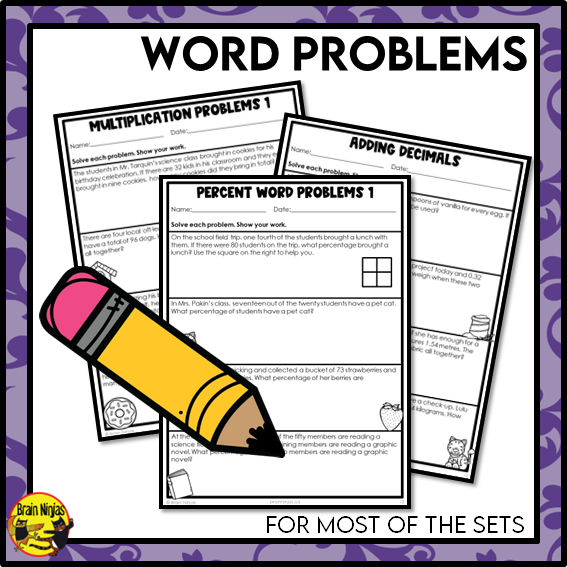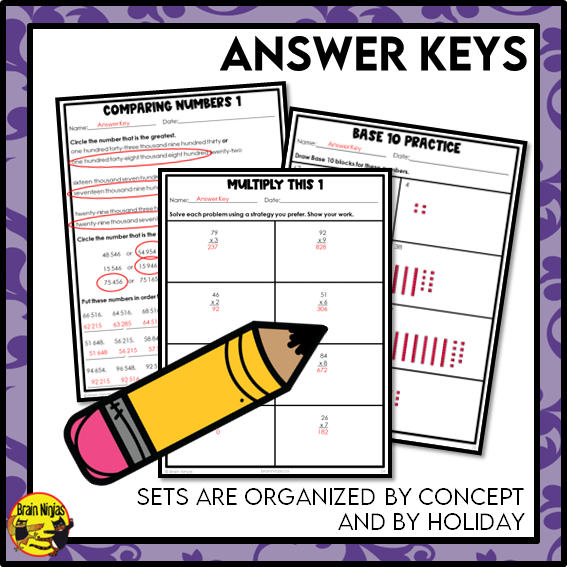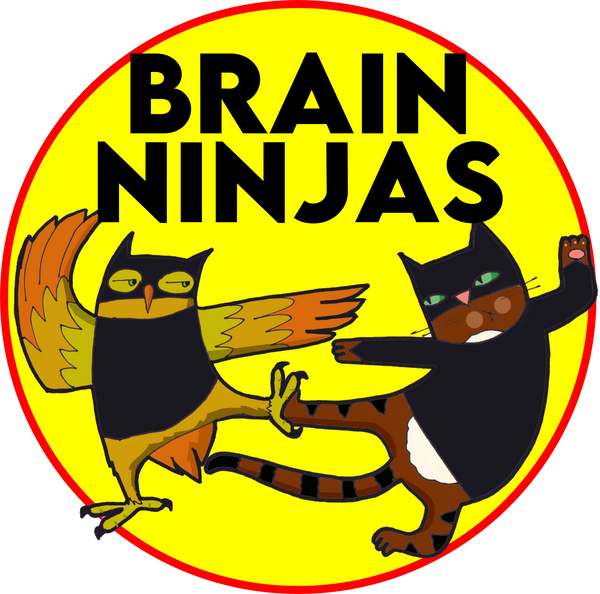1
/
of
5
Math Worksheets Full Year Bundle With Concepts and Holidays | Paper | Grade 4
Math Worksheets Full Year Bundle With Concepts and Holidays | Paper | Grade 4
Regular price
$278.25 CAD
Regular price
$397.50 CAD
Sale price
$278.25 CAD
Unit price
/
per
Tax included.
Couldn't load pickup availability
Practice or assess Grade 4 math concepts with these math worksheets. Use them for practice, review, or assessment. They only take moments to prep and make differentiation easy peasy. This bundle includes sets that celebrate different holidays.
This easy-to-use resource includes:
- over 1150+ different pages that practice basic math skills in the Grade 4 curriculums of Canadian classrooms.
- 15 pages in each set. Generally, these sets use numbers up to the millions place and hundredths place.
- no repeat questions for any of the sets (same style-different questions)
- word problems to reinforce concepts when possible.
- colouring activities to reinforce concepts when possible.
- holiday-themed pages and math concept sets.
- link to a blog post to show you different ways to use the worksheets.
- answer keys for all 15 pages.
- Canadian/British spellings.
- metric measurements.
- SI Notation, so numbers are written with spaces between place values instead of commas. (Example: 10 000 instead of 10,000).
Topics include:
- NUMBER: numbers from 100 000 to 1 000 000, place value: representing and decomposing numbers using charts, expanded form, standard form, words, comparing using < > =, ordering numbers in sequences and on number lines, using terms like greatest and least, rounding to specific place values or using front-end rounding
- OPERATIONS: adding and subtracting to 10 000, estimation strategies for addition and subtraction, greatest common factors within 100, prime and composite numbers within 100, multiplication of 2 or 3 digits by 1 digit, division of 2 or 3 digits by 1 digit with and without remainders (Remainders are expressed as whole numbers), order of operations using whole numbers
- DECIMALS AND FRACTIONS: place value of decimals, standard form, words, base 10 up to hundredths place, adding and subtracting decimals up to hundredths, rounding decimals to various place values, comparing decimals up to the hundredths place using < > or = signs and terms like greatest and least, relating fractions to decimals and vice versa to hundredths, representing proper fractions as parts of a whole and part of a set, comparing fractions with common and uncommon denominators, equivalent fractions and simplifying fractions, counting and notating Canadian money to $100 with cent and dollar signs and decimal points, English and French money notation, percent within 100
- PATTERNS AND ALGEBRA: describing and extending pictorial, concrete, and numerical patterns, number sequences, patterns in tables, sorting numbers according to attributes with types of charts: Venn Diagrams, T-Charts and Carroll Diagrams, writing expressions from descriptions or pictorial and concrete representations such as algebra tiles, solving for the value of variables in one-step addition and subtraction within 10 000, solving for the value of variables in one-step multiplication and division equations (up to 2 digits by 1 digit without remainders), using order of operations to solve for the value of a variable (whole numbers only)
- STATISTICS AND PROBABILITY: •one-to-one and many-to-one correspondence, first and second-hand data, reading and interpreting data on graphs, creating and plotting graphs, bar graphs, line plots (dot plots), pictographs, describing probability outcomes with simple language: possible, impossible, certain, more likely, less likely, and equally likely
- TIME: calendars and dates, reading analog clocks from hours to minutes, 12 and 24-hour clocks and am/pm, calculating elapsed time
- MEASUREMENT: perimeter using geoboards, area of regular and irregular 2D shapes, area of 2D Shapes using tiling and grids, angles (acute, obtuse, right, straight), metric referents, metric conversions
- GEOMETRY: names and attributes of polygons: triangles, quadrilaterals, pentagons, hexagons, octagons, names and attributes of quadrilaterals: parallelograms, rectangles, squares, rhombuses, trapezoids, kites, classifying triangles by sides (equilateral, isosceles, scalene) or angles (acute, obtuse, right), identifying transformations (translations, rotations, reflections), types of lines (parallel, perpendicular, intersecting, horizontal, vertical, diagonal), finding lines of symmetry in polygons, identifying congruency in 2D shapes (shapes, angles and lines), names and attributes of 3D objects: cones, cylinders, spheres, prisms and pyramids, nets/skeletons to build prisms and pyramids
Each holiday-themed set is an overview of the concepts for the grade level. The holidays and seasons include:
- Fall/Autumn
- Thanksgiving
- Halloween
- Christmas
- New Year's
- Lunar New Year (Chinese New Year-Spring Festival, Korean New Year-Seollal and Vietnamese New Year-Tết)
- Winter
- Valentine's Day
- St. Patrick's Day
- Earth Day
- Easter
- Spring
This set aligns with:
- Alberta Mathematics Curriculum Grade 4 ©2022
- British Columbia Mathematics Curricular Competencies Grade 4
- Saskatchewan Mathematics Curriculum Grade 4
This set supports:
- most Canadian Grade 4 math lessons.
Ninja Note: This file is a zip file. It contains all the math worksheet files which are PDFs. These worksheets require printing for students to use.
Try a free sample of our Grade 4 worksheets.
Have a question? Before contacting us, check our Frequently Asked Questions page.
